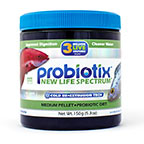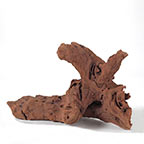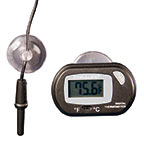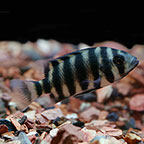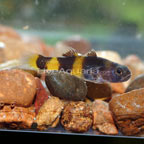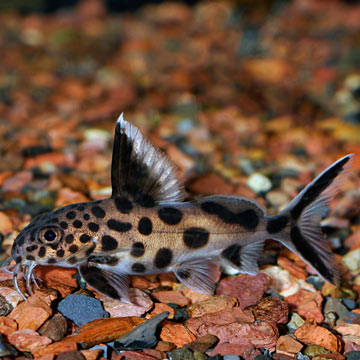
Quick Stats
What do these Quick Stats mean? Click here for more information
What do these Quick Stats mean? Click here for more information
Overview
The Synodontis Multipunctatus Catfish will appreciate a fine sandy bottom with large caves and crevices for hiding places in an aquarium of 50 gallons or more. Sensitive to nitrates, good water conditions are necessary. It prefers a current in the aquarium. It can be kept as a schooling fish or in a tank with other Synodontis species. The Synodontis Multipunctatus Catfish may also be maintained with most African Cichlids of similar size.
The Synodontis Multipunctatus Catfish has a rather unusual breeding habit. They will use a pair of surrogate fish as parents to incubate their eggs. When a pair of mouth brooding Cichlids are in the process of dropping eggs, these catfish will dart in and devour the newly dropped eggs. During this time they will conveniently drop their own eggs, thereby confusing the Cichlid parents into believing they are their own. The Cichlid parents will then care for and incubate the eggs. The Catfish eggs will hatch before the eggs that the Cichlid parents were able to save, and the catfish fry then feed upon the Cichlid eggs. It is advised to remove the catfish fry once all of the eggs have been devoured to reduce the chances of the fry eating each other. Feed the fry baby brine shrimp until they are able to accept larger foods.
Synodontis Catfish are omnivores and should be offered sinking catfish pellets, freeze-dried bloodworms and tubifex, plus a good quality flake food.
Approximate Purchase Size: 1-1/2" to 2-1/2"
Supplies You May Be Interested In
Customer Testimonials
I have breed this cat by the hundreds. It should be kept in small groups as they are in the wild. I have owned over a dozen types of Synodontis cats and these are my favorite.




